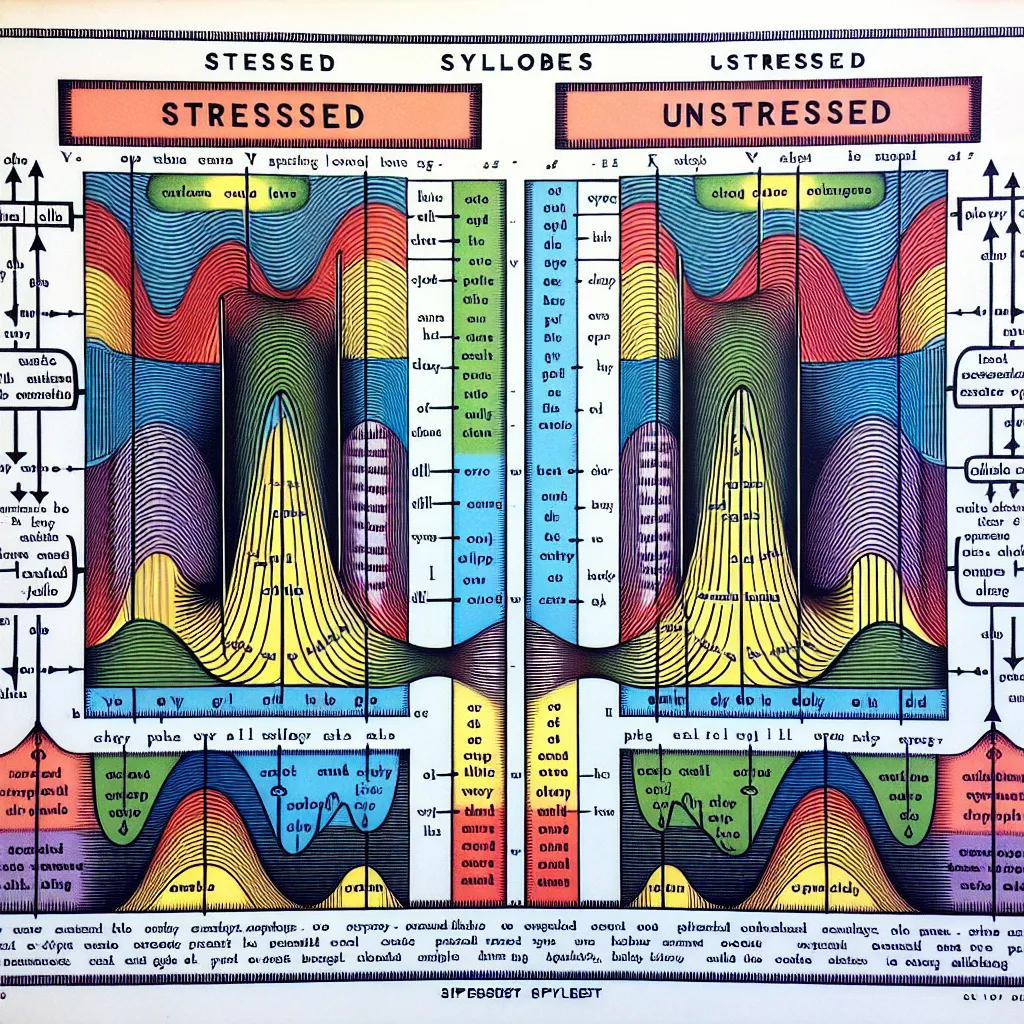Are you looking to improve your English pronunciation? Self-recording is an effective and accessible method to enhance your speaking skills. In this comprehensive guide, we’ll explore How To Practice Pronunciation Using Self-recording techniques, providing you with valuable tips and strategies to boost your confidence and accuracy in spoken English.
Understanding the Importance of Self-Recording in Pronunciation Practice
Self-recording is a powerful tool for improving pronunciation because it allows you to hear yourself as others do. This method provides immediate feedback, helping you identify areas for improvement and track your progress over time.
 Self-recording for pronunciation practice
Self-recording for pronunciation practice
Benefits of Self-Recording for Pronunciation
- Immediate feedback: You can listen to your pronunciation right away and compare it to native speakers.
- Objective self-assessment: Recording eliminates the bias of hearing yourself in real-time.
- Progress tracking: Regular recordings allow you to monitor improvements over time.
- Flexibility: Practice at your own pace and focus on specific sounds or words.
How to Get Started with Self-Recording
To begin practicing pronunciation using self-recording, you’ll need some basic equipment and software. Here’s what you’ll need:
- A good quality microphone (built-in laptop mics can work, but external mics are better)
- Recording software (e.g., Audacity, GarageBand, or even your smartphone’s voice recorder app)
- Headphones for clear playback
- A quiet environment for recording
Step-by-Step Guide to Self-Recording
- Choose your material: Select a short text, dialogue, or list of words you want to practice.
- Find a reference: Look for a native speaker’s recording of the same material for comparison.
- Set up your equipment: Ensure your microphone is working and your recording software is ready.
- Record yourself: Read the chosen material aloud, speaking clearly and naturally.
- Listen and analyze: Play back your recording and compare it to the native speaker’s version.
- Identify areas for improvement: Note any differences in pronunciation, stress, or intonation.
- Re-record and practice: Focus on the areas you’ve identified and record again, aiming for improvement.
Effective Techniques for Self-Recording Practice
To make the most of your self-recording sessions, try these techniques:
1. Shadow Reading
Shadow reading involves listening to a native speaker and repeating what you hear with minimal delay. This technique helps you mimic natural pronunciation and intonation patterns.
- Listen to a short segment of native speech (5-10 seconds).
- Record yourself repeating the segment immediately after hearing it.
- Compare your recording to the original and note any differences.
2. Minimal Pair Practice
Minimal pairs are words that differ by only one sound. Recording yourself pronouncing these pairs can help you distinguish and produce similar sounds accurately.
Example:
- “Ship” vs. “Sheep”
- “Bed” vs. “Bad”
- “Think” vs. “Sink”
Record yourself saying each pair and listen for clear distinctions between the sounds.
3. Tongue Twisters
Tongue twisters are excellent for practicing specific sounds and improving overall articulation. Record yourself saying tongue twisters at different speeds to challenge your pronunciation skills.
Example:
“She sells seashells by the seashore.”
4. Prosody Practice
Prosody refers to the rhythm, stress, and intonation of speech. Record yourself reading sentences with different emotions or emphasis to practice varying your pitch and stress patterns.
Example:
“I didn’t say he stole the money.” (Emphasize a different word each time you say the sentence)
Common Mistakes to Avoid in Self-Recording Practice
When using self-recording for pronunciation practice, be aware of these common pitfalls:
- Over-reliance on written text: Don’t always read from a script. Practice speaking spontaneously as well.
- Ignoring connected speech: Pay attention to how words blend together in natural speech.
- Focusing only on individual sounds: Remember to practice sentence-level intonation and stress patterns.
- Neglecting to listen critically: Develop the habit of listening objectively to your recordings.
- Inconsistent practice: Regular, short sessions are more effective than infrequent, long ones.
Phonemic Chart and Commonly Mispronounced Words
Understanding the International Phonetic Alphabet (IPA) can greatly aid your pronunciation practice. Here’s a simplified phonemic chart for English:
- Vowels: /i:/, /ɪ/, /e/, /æ/, /ʌ/, /ɑ:/, /ɒ/, /ɔ:/, /ʊ/, /u:/
- Consonants: /p/, /b/, /t/, /d/, /k/, /g/, /f/, /v/, /θ/, /ð/, /s/, /z/, /ʃ/, /ʒ/, /h/, /tʃ/, /dʒ/, /m/, /n/, /ŋ/, /l/, /r/, /j/, /w/
Here are 10 commonly mispronounced words related to self-recording and pronunciation practice:
- Pronunciation (/prəˌnʌnsiˈeɪʃən/)
- Record (verb: /rɪˈkɔːd/, noun: /ˈrekɔːd/)
- Technique (/tekˈniːk/)
- Rhythm (/ˈrɪðəm/)
- Intonation (/ˌɪntəˈneɪʃən/)
- Articulation (/ɑːˌtɪkjuˈleɪʃən/)
- Phoneme (/ˈfəʊniːm/)
- Prosody (/ˈprɒsədi/)
- Diphthong (/ˈdɪfθɒŋ/)
- Syllable (/ˈsɪləbl/)
Practice recording these words and compare your pronunciation to IPA transcriptions or native speaker recordings.
Conclusion
Self-recording is a powerful tool for improving your English pronunciation. By following the techniques and tips outlined in this guide, you can make significant progress in your speaking skills. Remember to be patient and consistent in your practice, and don’t hesitate to seek feedback from native speakers or language teachers.
For more tips on improving your English pronunciation, check out our articles on how to improve pronunciation through detailed feedback and pronunciation strategies for better English speaking.
Start recording yourself today and take your English pronunciation to the next level!




